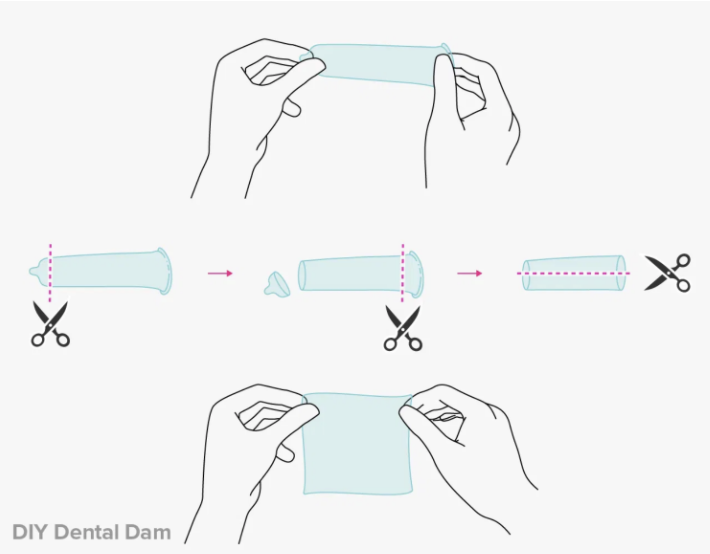So, you want to learn more about the world of sexuality professionals. There is a vast variety of different routes within the world of sexuality-based careers. To get an idea of what the sexuality industry is really like, Embrace Sexual Wellness interviewed several sexuality professionals from different backgrounds. We will be sharing their wisdom and insight with you in a series of blog posts spotlighting each professional. Our first participant is Dr. Shemeka Thorpe (she/her), co-founder of The Minority Sex Report and Sex Researcher at the University of Kentucky.
Shemeka Thorpe, PhD is a sexuality researcher at the University of Kentucky. Her research focuses on the sexual well-being of Black women using sex-positive and intimate justice frameworks. She serves on the editorial board of the American Journal of Sexuality Education. Dr. Thorpe is the co-founder of the award-winning platform The Minority Sex Report, a platform created to provide representation in sexuality education primarily for Black and Native American women.
Sexuality research as a field originated with Dr. Alfred Kinsey at the Indiana University at Bloomington. In 1948, Kinsey published his groundbreaking — and controversial — "Sexual Behavior in the Human Male," which became a bestseller. "Sexual Behavior in the Human Female" was the even more controversial followup in 1953. Prior to this, the vast majority of formal research about human sexuality was scarce. The research that did exist was anecdotally based on patient-therapist interactions. Sex is such a quintessential and core aspect of human life and social interactions that it is necessary to explore its trends, changes, and variations from person to person. On a tangible level, sexuality research about reproductive health and adjacent topics informs the development of healthcare strategies, therapies, and other treatments.
Sexuality researchers span a wide array of topics under the umbrella of human sexuality. For Dr. Thorpe, her main focus is the sexual wellbeing of Black women. To contextualize that further, a recent article she co-authored was entitled “Black Female Adolescents' Sexuality: Pleasure Expectancies, Sexual Guilt, & Age of Sexual Debut.” It “examined individual and familial influences on Black female adolescents’ sexual pleasure expectancies, sexual guilt, and age of sexual debut…” This type of research makes up the majority of her invaluable work on an underserved demographic.
In addition to her research, she co-founded The Minority Sex Report. This business both educates and conducts consultations in order to facilitate better representation in sex education for people of color within an intersectional framework.
What inspired you to pursue your career path?
Most of the research on Black people focuses on prevention and operates from a deficit based model. I want to change the narrative of Black sexology by focusing on sexual well-being particularly of Black women. Who better to do that than myself, a Black woman?
How does your field differ from that of other sexuality professionals?
There are a lot of sex researchers and we are all in different fields like public health, counseling, social work, sociology, women and gender studies, and the like. We all come together to advance sex research, but examine our research questions through different lenses.
What's the most misunderstood thing about what you do?
That I solely focus on pregnancy and STI prevention as a sexuality educator or HIV and STI prevention as a sex researcher. I believe in comprehensive sex positive sex education and my research is sex positive focusing on Black women's overall sexual well-being, not prevention.
What is the most rewarding part of your career?
The most rewarding part is creating a space for Black women to discuss sexuality and sexual problems including sexual anxiety and sexual pain. Many women have expressed they wish they had this information when they were younger or that this is there first time talking about these tough topics because they don't have a safe space to talk about sex.
What advice would you want to share with aspiring sexuality professionals?
There is always room for more sexuality professionals. Be yourself and find your niche.
If you had to describe your work in one sentence, what would you say?
Making research relevant.
Thank you to Dr. Thorpe for taking the time to share her perspective. We encourage you to find Dr. Thorpe on social media and her websites, linked below.
Instagram: @drshemeka
Facebook: Dr. Shemeka
Website: drshemeka.com & theminoritysexreport.com





























